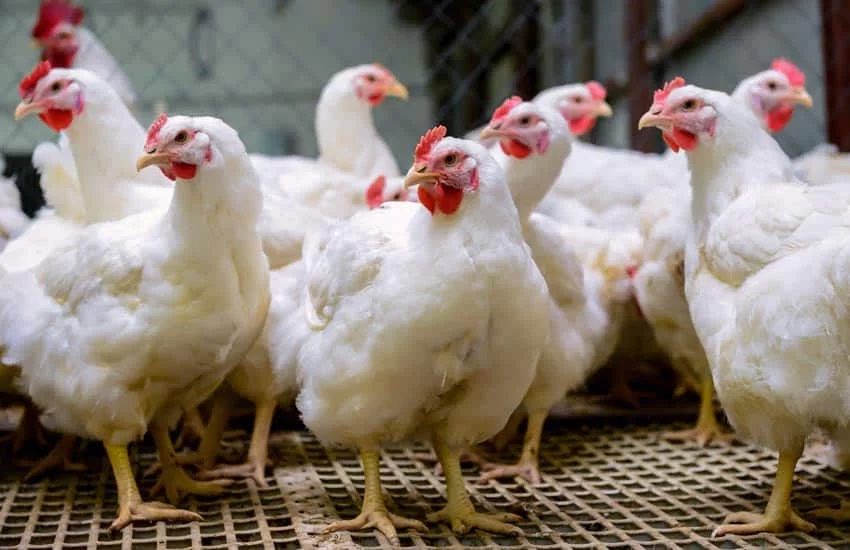In the dynamic aspect of poultry farming, where efficiency and product quality are paramount, caponisation has emerged as a valuable method for optimising meat production and enhancing carcass quality in broiler chicken farming, though yet to be practised by most of Nigerian poultry farmers. This innovative approach involves the surgical removal of the testes from male chickens, redirecting hormonal activities towards carcass development. While the benefits of caponisation are evident, it is crucial to carry out this process with a strong commitment to ethics and animal welfare.
The caponisation process begins with careful timing, as male chicks are selected for the procedure at either eight or 12 weeks, depending on the onset of male characteristics. Early identification of the chicks’ sex is imperative for the success of caponisation. The surgical procedure itself entails making a 2cm incision between the last two ribs of the bird, a delicate process facilitated by a specialised caponisation kit equipped with essential tools. One key component of the caponisation kit is the chest spreader, which plays a vital role in opening up the incision, providing a clear view of the testes. These small, yellow, bean-like structures are situated just below the immediate organ after incision.
To ease the identification and removal of the testes, the birds are not fed prior to the procedure. This ensures that the internal organs are in a calm state, making it easier for farmers to locate and extract the target organs. Careful attention is given to the feeding regimen, as this contributes to the success of the caponisation process. Once the testes are identified, they are carefully picked using a specialised picker and then cut off. The procedure is repeated on the other side of the bird to ensure complete removal of both testes. Meanwhile, incision is not meant to be stitched, as this part of the bird heals fast. Post-caponisation enables farmers to closely monitor the birds over subsequent weeks, assessing changes in body conformation to gauge the effectiveness of the procedure in redirecting hormonal activities towards carcass development.
The benefits of caponisation are manifold, ranging from improved meat quality to increased carcass yield. By eliminating the production of spermatozoa and redirecting male reproductive activities, caponisation becomes particularly advantageous for farmers dealing with low-yield breeds of broiler chickens. This method, when approached with care and consideration for ethical practices, stands as a practical and effective solution for enhancing the efficiency and profitability of broiler farming operations.

